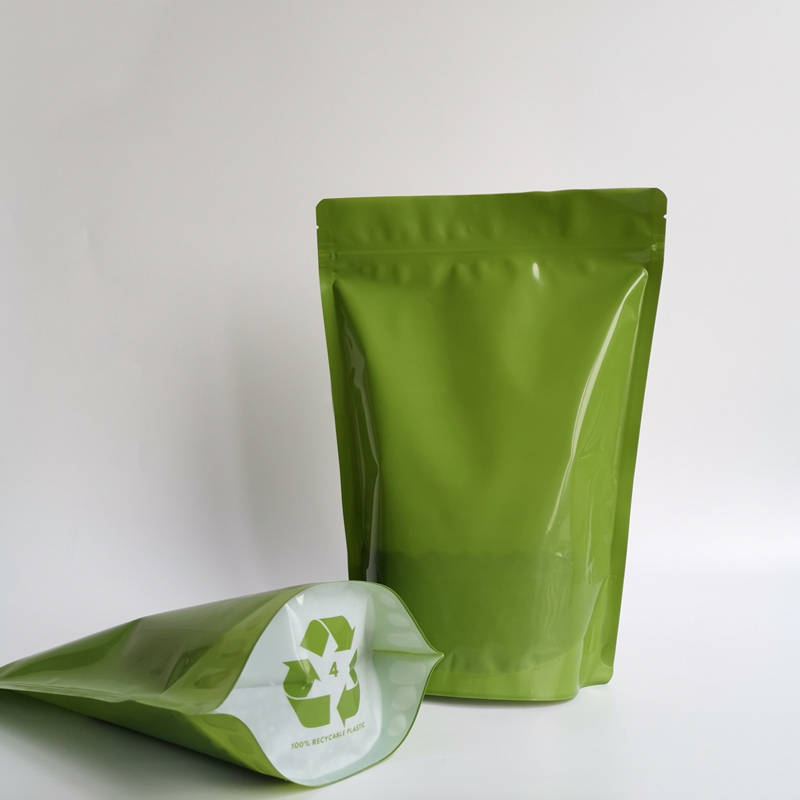Why Pouch Packaging is Transforming Malaysia’s FMCG Industry

Strong 8k brings an ultra-HD IPTV experience to your living room and your pocket.
In the fast-paced world of Fast-Moving Consumer Goods (FMCG), packaging is no longer just a container—it's a key player in branding, logistics, and consumer satisfaction. One packaging solution that is making significant waves in Malaysia’s FMCG sector is pouch packaging. From flexible stand-up pouches for beverages to resealable snack packs, pouches are quickly replacing traditional forms of packaging like bottles, cans, and rigid plastics. But why is pouch packaging becoming such a game-changer in the Malaysian market?
1. Cost Efficiency for Manufacturers and Retailers
One of the main reasons pouch packaging is taking over is its cost-effectiveness. Pouches are lighter and more compact than rigid packaging, leading to lower production and transportation costs. For manufacturers, this means reduced raw material expenses and easier scalability. For retailers, the slim profile of pouches allows more product to be displayed per square foot of shelf space, improving inventory management and visual merchandising.
Additionally, the lighter weight translates to lower fuel usage during transportation, contributing to long-term savings across the supply chain.
2. Consumer Convenience and Portability
Malaysian consumers, especially urban dwellers, increasingly prefer products that align with their on-the-go lifestyles. Pouch packaging caters to this demand by offering convenient features such as resealable zippers, spouts, and easy-tear notches. Whether it’s a child’s juice pack, a single-serve coffee sachet, or ready-to-eat sambal paste, pouches provide portability and ease of use.
This practicality makes pouches especially popular among younger consumers and busy professionals who prioritize functionality without compromising on product quality.
3. Sustainability and Environmental Concerns
Sustainability is becoming a core focus for businesses and consumers alike in Malaysia. With increasing awareness of environmental issues, pouch packaging is gaining traction due to its lower carbon footprint compared to rigid packaging options. Less plastic and energy are used during production, and the reduced weight cuts down on emissions during transportation.
Innovations in recyclable and biodegradable pouch materials are further strengthening this trend. Local and international brands are now exploring mono-material pouches and compostable options to align with Malaysia’s environmental goals and rising consumer expectations for eco-friendly packaging.
4. Branding and Customization Opportunities
From a marketing standpoint, pouch packaging offers a canvas for creativity. High-quality printing techniques and flexible materials enable vibrant, full-color graphics that help products stand out on store shelves. For brands in Malaysia's highly competitive FMCG market, this visual appeal can be a deciding factor in attracting new customers.
Furthermore, brands can experiment with unique shapes, finishes, and transparency features to create a distinct identity. Pouches allow smaller businesses and homegrown brands to compete effectively by offering professionally packaged products that appeal to both local and international markets.
5. Extended Shelf Life and Product Protection
One of the functional advantages of pouch packaging is its ability to preserve product freshness. Multi-layered pouch films offer excellent barrier properties against oxygen, moisture, and light—factors that can significantly degrade food quality.
This is particularly important in Malaysia's tropical climate, where high humidity and heat can shorten the shelf life of perishables. Pouch packaging helps extend shelf life without the need for excessive preservatives, making it a smart solution for both processed and organic products.
6. Digital Integration and Smart Packaging Trends
As Malaysia embraces digital transformation, pouch packaging is keeping pace with the integration of smart technology. QR codes, NFC tags, and augmented reality (AR) experiences are being embedded into packaging to provide consumers with product information, promotional offers, or traceability features.
This digital leap adds value for tech-savvy consumers and enables brands to collect data on consumer behavior, preferences, and location—further optimizing marketing efforts.
7. Growing Demand in E-commerce and Export Markets
With the rapid growth of e-commerce in Malaysia, pouch packaging offers a practical solution for shipping FMCG products directly to consumers. The durable and lightweight nature of pouches reduces the risk of damage during transit and helps minimize shipping costs.
Moreover, Malaysian-made FMCG products are finding markets beyond local borders, especially within ASEAN. Pouch packaging is export-friendly due to its space-saving qualities and regulatory compliance potential, giving Malaysian brands a competitive edge in global trade.
8. Industry Adoption and Government Support
Government initiatives aimed at promoting sustainable packaging practices are further accelerating the shift toward pouch packaging. Malaysia’s National Plastic Policy and related environmental regulations are nudging manufacturers to explore alternatives to traditional plastics.
Major FMCG players in the region—including food, personal care, and household brands—are actively investing in pouch packaging lines to future-proof their operations. This ecosystem of support from both industry leaders and policymakers is creating a fertile ground for the pouch revolution.
Conclusion
Pouch packaging is more than just a trend—it’s a strategic transformation that aligns with the evolving needs of Malaysia’s FMCG industry. By offering cost savings, convenience, sustainability, and branding potential, pouch packaging is helping businesses thrive in a competitive marketplace. As technology advances and consumer expectations grow, the pouch is proving itself not just as a packaging choice, but as a catalyst for innovation and growth in Malaysia’s FMCG landscape.
Note: IndiBlogHub features both user-submitted and editorial content. We do not verify third-party contributions. Read our Disclaimer and Privacy Policyfor details.


